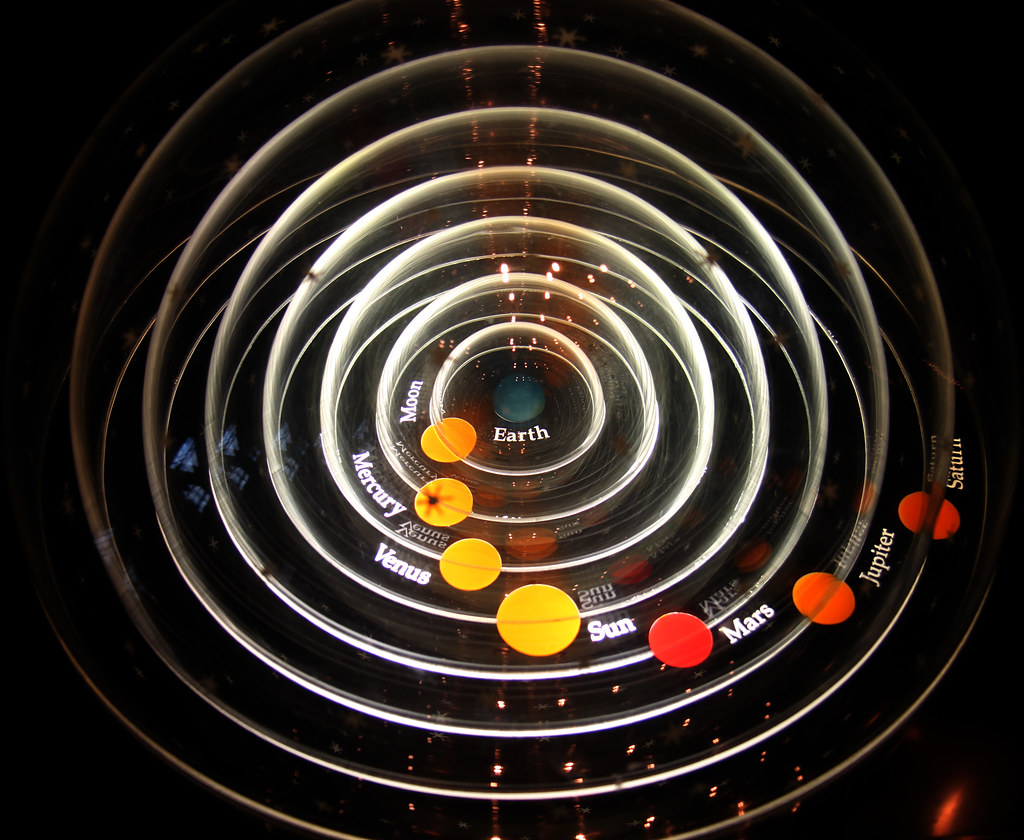1.1: The Scientific Method
( \newcommand{\kernel}{\mathrm{null}\,}\)
The most reliable way to gain being understanding of the world around is the scientific method, which is a formalized technique for testing ideas through observation, testing, and analysis.
The scientific method begins with making initial observations, which will lead the scientist to develop an initial explanation for the phenomena call a hypothesis. A good hypothesis will make predictions that can be tested. The results of the testing can then be compared to the predictions. Though it may seem counterintuitive, when scientists run experiments, they are trying to disprove their own hypothesis. So, the results they get will either indicate that the hypothesis is false and therefore the hypothesis will be rejected. Or, the results will align with the predictions made by the hypothesis in which case, it fails to reject the hypothesis. No hypothesis is ever considered “proven” with 100% certainty because any hypothesis could possibly be disproved by a later experiment. Instead, scientists speak in terms of their confidence level that the data support the hypothesis.
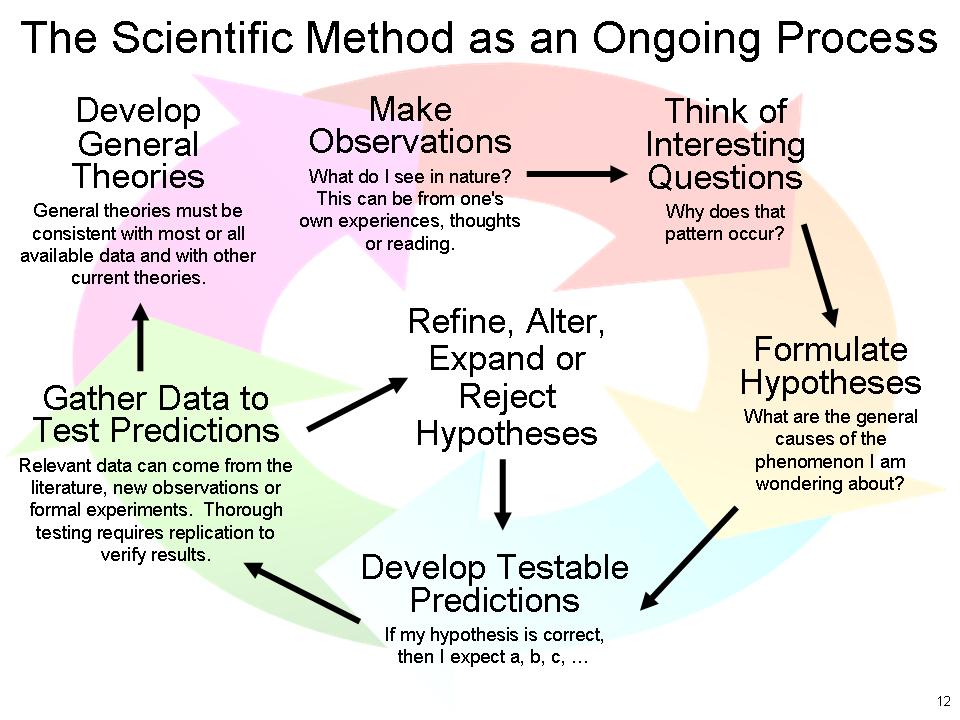
 Scientific Method Flow Chart.
Scientific Method Flow Chart.
Image sources: https://commons.wikimedia.org/wiki/F...rparallax2.png, https://commons.wikimedia.org/wiki/F...e_01_01_05.png
Many fields of science involve a controlled experiment in the laboratory. Any experiment involves the use of two kinds of variables: independent and dependent variables. The independent variable is the condition that is changed to test the hypothesis while the dependent variable is the that is measured as the result of the changes in the dependent variable. In the experiment, there will be a control group and treatment group. The control group is one in which the independent variable is not changed. Scientists use the control group as a point of comparison to the treatment group where the independent variable is manipulated. Often, there may be multiple treatment groups with different values of the independent variable have been applied to each group. After running the experiment, the scientist will collect his or her data, or the numerical information collected, and plot it in a graph or table so that they can analyze the data. If the hypothesis has any validity, the data should indicate a relationship between the independent variable and the independent variable.
One famous example is the experiment conducted by Louis Pasteur to test the hypothesis of spontaneous generation. This was the once popular idea that non-living material can spontaneously transform into living organisms. For example, if meat were left out too long, people would find that it was infested with maggots. Many people assumed that the meat was transforming into live maggots. After the discovery of microorganisms like bacteria, people questioned where they came from. Were they being spontaneously generated or were they reproducing? In other words, did microorganisms produce new microorganisms.
To test the hypothesis of spontaneous generation, Pasteur devised a simple but ingenious experiment. He filled two flasks
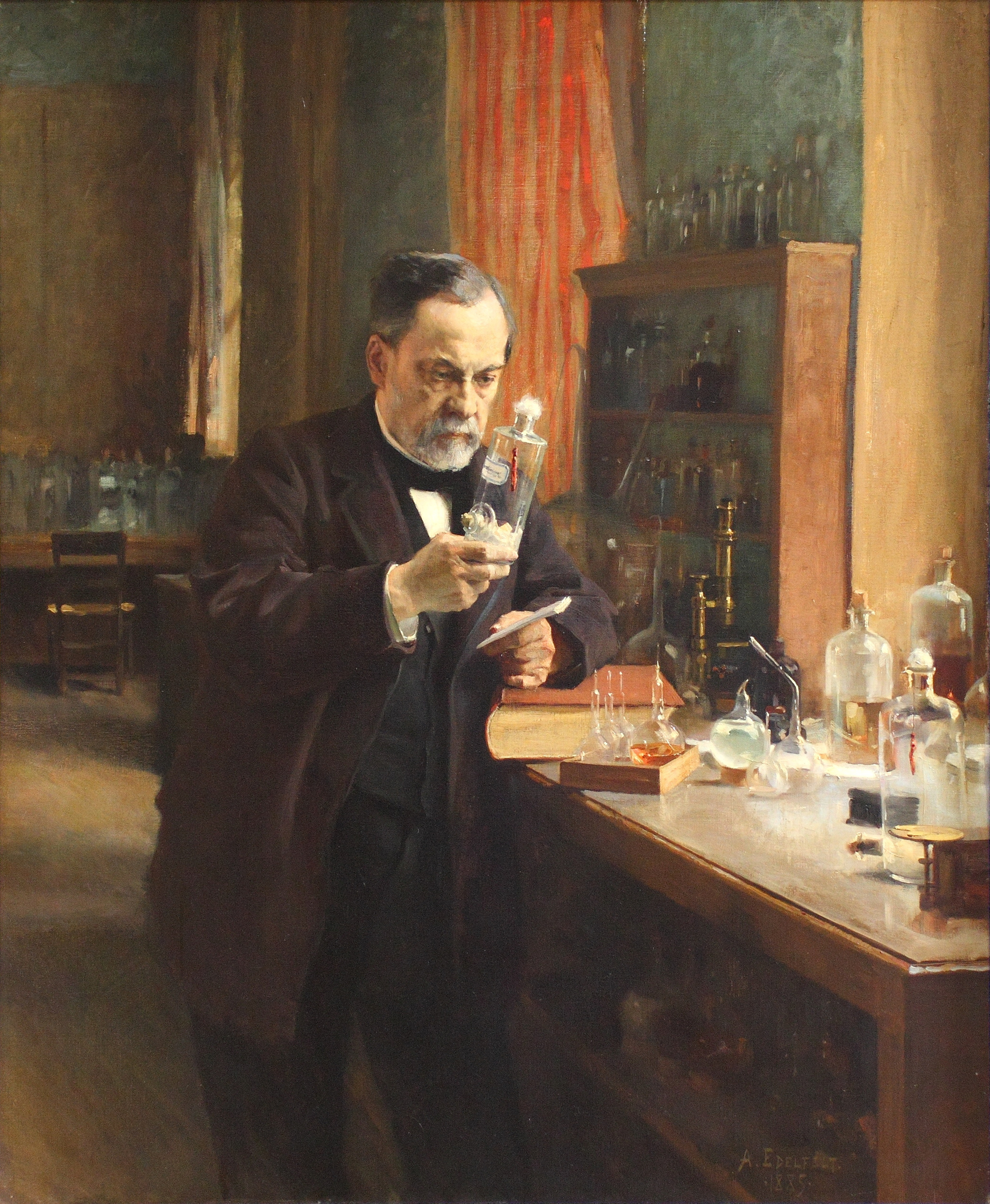
with chicken broth. One was an open-necked flask and the other was a swan-necked flask. The open-necked flask would allow bacteria from the air to enter the broth. On the other hand, the swan-necked flask would trap any bacteria in the elbow of the neck, thus preventing the bacteria from reaching the broth. He then boiled both broths to sterilize them. If spontaneous generation was valid, it should not have mattered whether bacteria from the outside was able to enter the broth. There should be bacteria growing in both flasks. On the other hand, if bacteria only came from the outside, then only the open-necked flask should have bacteria growing it. After a few days, Pasteur examined the broth in both flasks and found only new bacteria growing in the open-necked flask. Since the swan-neck flask did not show any bacteria growing in it, the hypothesis of spontaneous generation was rejected and we now know that for maggots to grow on meat, flies must first lay their eggs on the meat. The maggots then hatch out of the eggs and feed on the rotting meat. The meat itself did not spontaneously generate the maggots.
To put Pasteur’s experiment into the above terms, the shape of the flask’s neck was the independent variable and the amount of bacterial growing in each flask was the dependent variable that Pasteur tested for. The open-neck flask was the control group used to compare the swan-neck flask that was used for the treatment group.
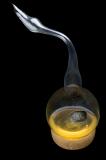
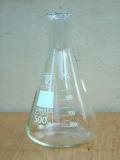 Erlemyer flask By Hannes Grobe 19:04, 3 September 2006 (UTC) - Own work, CC BY-SA 2.5, https://commons.wikimedia.org/w/index.php?
Erlemyer flask By Hannes Grobe 19:04, 3 September 2006 (UTC) - Own work, CC BY-SA 2.5, https://commons.wikimedia.org/w/index.php?The above is an example of a manipulative experiment, in which a single variable to changed under controlled conditions. Many people think that manipulative experiments are the only way in which science is done, but there are many cases in which the phenomena being studied are too big or too distant in space or time to be studied by a controlled experiment in the lab. In these cases, scientists learn by doing observational science. For example, we cannot build a star in a lab and study it up close. Fortunately, our galaxy is filled with billions of stars of different sizes, ages, and temperatures. By collecting data from many stars in various stages of stellar evolution, astronomers can build a model for how stars form and change over time. Astronomy is therefore, largely an observational science.
A scientific experiment must be repeatable, that is, you or someone else conducting the same study should get similar results. One case might be a fluke, but if several repeats of the experiment yield similar results, then the hypothesis is better supported.
Once the scientist has completed her study, the usual practice is for her to write a paper and submit it to a peer reviewed journal. Peer review is the process by which scientists in the same field evaluate each other’s work. When a journal receives a proposed paper, it sends it out to several other scientists (the “peers”) who review it and recommend whether to publish it. If the peers conclude that the researched followed good scientific methodology and the conclusions are supported by the data, they recommend publication. Otherwise, the paper is rejected, and the scientist has to do more work before resubmitting.
Unfortunately, there are many places where “scientific” papers can be published without peer review. Many of these are pay-for-publishing journals that will publish almost any paper if the researcher pays a fee. Also, some organizations with a political agenda may self-publish what looks like legitimate research that is slanted to reach a predetermined conclusion.
Today, few people dispute the fact that there is a strong link between smoking tobacco and certain forms of cancer. However, for decades, doubt was sown by an organization called the Tobacco Institute which published many convincing looking papers. All these papers came to the same conclusion: “Gosh, we just can’t find any link between tobacco and cancer.” This was the opposite of what nearly every other researcher in the field concluded. How were the able to come to different results? Well, the Tobacco Institute was funded by the tobacco industry and we now know that they were under orders by their sponsors to come to predetermined conclusions no matter what the data said.
More recently, a research paper in a in pay-to-publish journal created a sensation in the news media by announcing that you can lose weight by eating chocolate. Wouldn’t that be great? Sounds too good to be true, right? Well, it was. The researcher behind it came forward to admit that the entire paper was a hoax. He did it to highlight how easy it is to get bogus studies published and how readily the media can hype what seem like sensational results. Sadly, most journalists are not trained to discern the difference between sound science and what we can label “junk science.”
Science plays a big role in our understanding of the world around us. It is therefore imperative that we have a scientifically literate society that is capable of discerning good science from junk science, especially when making decisions relating to their health and well-being.
One final word on science and relates to how people use the word theory. Many non-scientists use the word to mean a guess or a hunch based on incomplete information. However, this is now how scientists use the term. In science, a theory is a broad explanation for a phenomenon that has been well-tested, shown to be supported repeatedly by experiment, and has gained wide acceptance. It is not a single hunch or guess. They way non-scientists use the term theory is more akin to how scientists use the word theory. Another misconception is that if a hypothesis is validated by experiment, it may be “promoted” to become a theory. That is not accurate either. A theory is a broader explanation while a hypothesis is generally narrower in scope. Indeed, a single theory may encompass several hypotheses into it.
Keep that in mind when someone dismiss a scientific principle as “just a theory.” Nearly everything you are taught in a science class is based on theory. Of course, just because a theory has gained broad acceptance does not always mean it is true, but it takes a lot of evidence to overturn a theory that has been repeatedly validated by observations. Probably the best-known example of such a major shift in our understand was the Copernican Revolution, when the geocentric (Earth-centered) model for our solar system eventually gave way to the heliocentric (sun-centered) model. We will discuss the debates surrounding the Copernican Revolution in Chapter 3.
